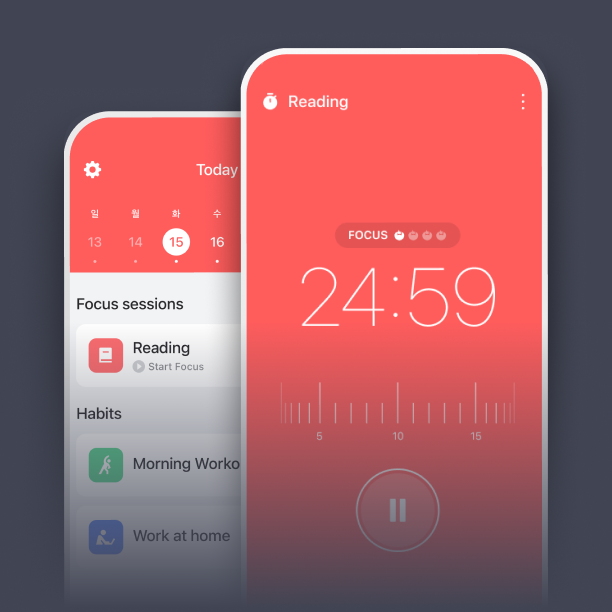What is employee productivity tracker?
What is an Employee Productivity Tracker?
In today’s fast-paced work environment, organizations strive to maximize efficiency and enhance productivity. An employee productivity tracker is a vital tool that helps companies achieve these goals by monitoring and analyzing employee performance. With the rise of remote work and flexible schedules, understanding how your team spends their time has never been more crucial. Let’s dive into what these trackers are and how they can benefit your organization.
Understanding Employee Productivity Trackers
An employee productivity tracker is a software solution designed to measure and enhance the effectiveness of employees’ work. These tools collect data on various aspects of work performance, providing insights that help managers make informed decisions.
Definition and Purpose
At its core, an employee productivity tracker serves to monitor the time and activities of employees. It records how long employees spend on specific tasks, applications, and projects. By analyzing this data, organizations can pinpoint areas for improvement, ensuring that resources are utilized efficiently. This tracking is not merely about surveillance; it’s a way to foster an environment of growth and accountability.
Types of Employee Productivity Trackers
There are several types of employee productivity trackers, each serving distinct purposes:
-
Time Tracking Software: These applications allow employees to log hours spent on various tasks. Popular tools include Time Doctor and Toggl. They offer insights into how working hours are allocated across different projects.
-
Performance Management Tools: These systems focus on employee performance metrics. They track goal attainment, feedback processes, and skill development, helping teams stay aligned with organizational objectives.
-
Project Management Applications: Software like Asana and Trello combines productivity tracking with project management, enabling teams to collaborate efficiently while monitoring progress.

Photo by AlphaTradeZone
Benefits of Using Employee Productivity Trackers
Implementing an employee productivity tracker can yield numerous advantages for both staff and employers. Here are some key benefits:
Enhancing Time Management
With detailed insights into how employees distribute their time, both individuals and teams can dramatically improve their time management skills. For instance, by identifying time-consuming tasks, employees can prioritize their efforts and focus on high-impact activities. This leads to a more balanced workload and increased output.
Improving Accountability and Transparency
In any team, accountability is crucial. Employee productivity trackers shine by enhancing transparency within the workplace. When employees know their time is being tracked, they’re more likely to stay focused and committed to their tasks. Additionally, managers can address performance issues proactively, fostering a culture of responsibility.
Challenges and Considerations
Despite these benefits, there are challenges and ethical considerations to keep in mind when using employee productivity trackers.
Impact on Employee Morale
One potential downside is the risk of negatively impacting employee morale. If not implemented thoughtfully, tracking can lead to feelings of mistrust or anxiety among employees. Transparency about how data will be used and ensuring employees understand the intent behind monitoring can mitigate these concerns.
Balancing Monitoring with Autonomy
While tracking is useful, it’s important to strike a balance between monitoring productivity and allowing employees the autonomy to manage their work. Overly invasive tracking can stifle creativity and reduce job satisfaction. Encouraging open discussions about productivity expectations can help maintain this balance.
Best Practices for Implementing Employee Productivity Trackers
To ensure the successful implementation of productivity trackers, organizations should consider the following best practices:
Setting Clear Objectives
Before rolling out a productivity tracker, it’s vital to set clear objectives. What do you hope to achieve? Communicate these goals effectively to employees. When everyone understands the why behind the tracking, they’re more likely to embrace it as a tool for improvement rather than see it as a punitive measure.
Involving Employees in the Process
Employee buy-in is essential for the successful integration of any new tool. Involve team members in the selection and implementation process. This not only fosters trust but also encourages feedback about the tool’s effectiveness. Collaborative decision-making can lead to more effective outcomes.
Conclusion
In conclusion, an employee productivity tracker is an essential tool for modern workplaces, providing valuable insights into how time and resources are utilized. When used appropriately, these trackers enhance productivity, promote accountability, and improve time management. However, it’s crucial to implement them thoughtfully, ensuring employee morale and autonomy are also respected. By exploring various productivity techniques and maintaining open lines of communication, organizations can foster a culture that values both productivity and employee well-being. Embrace the potential of productivity tracking and watch your organization thrive.
